What Is Goth?
A Beginner's Guide to the Music, Fashion, and Culture
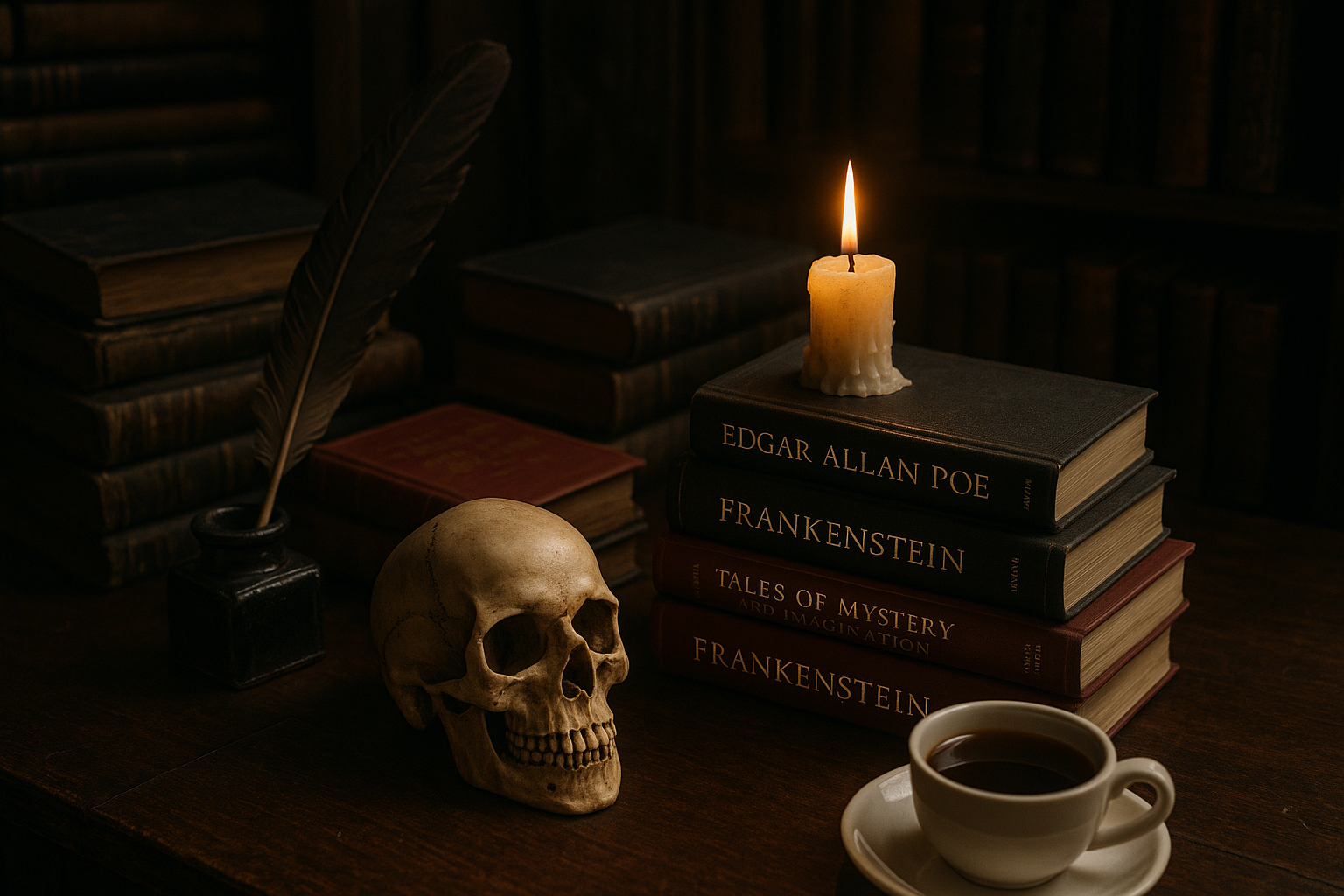
The term "goth" evokes images of dark clothing, haunting music, and a certain air of romantic melancholy. But beyond these immediate associations lies a rich and multifaceted subculture with deep roots in music, literature, and art. If you've ever been curious about the gothic aesthetic and the people who embrace it, you've come to the right place. This guide will delve into the core elements of the goth subculture, exploring its origins, key characteristics, and enduring appeal.
Tracing the Origins of the Goth Subculture
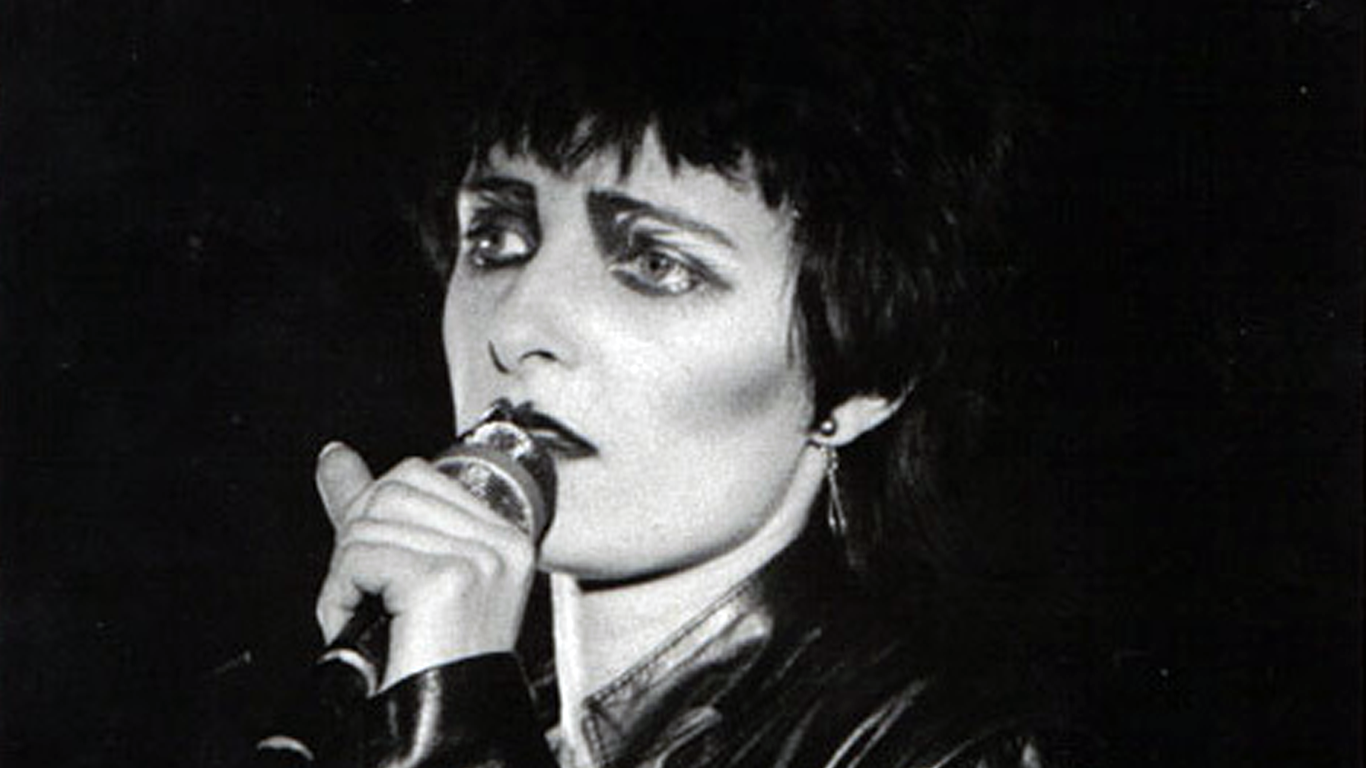
The goth subculture emerged in the late 1970s and early 1980s, largely as an offshoot of the post-punk scene in the United Kingdom. Bands like Bauhaus, Siouxsie and the Banshees, and The Cure pioneered a darker, more introspective sound that differed significantly from the raw energy of punk. This new musical landscape, often characterized by atmospheric soundscapes, brooding lyrics, and theatrical vocals, laid the foundation for what would become known as goth music.
The Distinctive Goth Style and Fashion
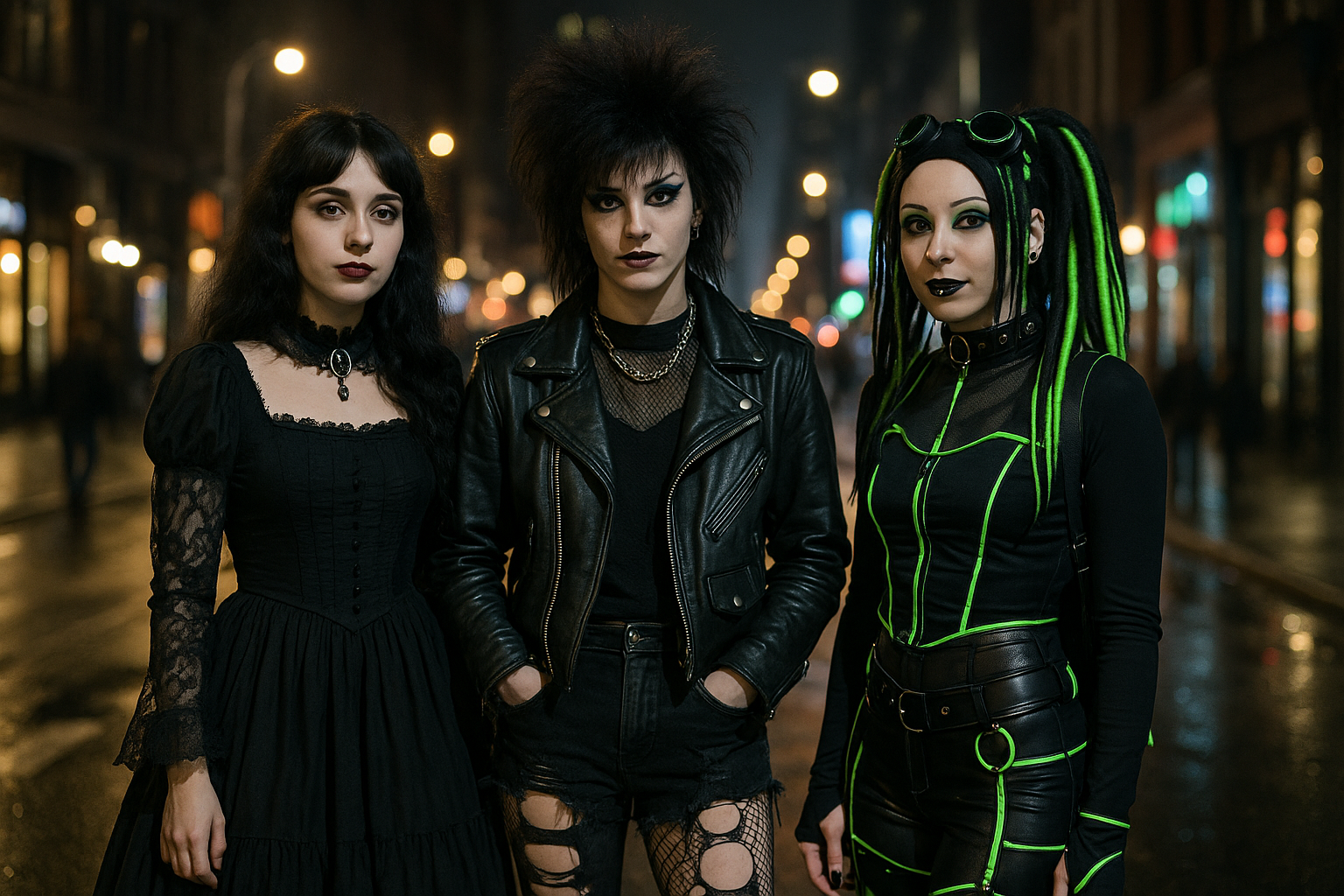
One of the most immediately recognizable aspects of the goth subculture is its distinctive goth style and fashion. While it has evolved over the decades, certain core elements remain prevalent. Black is the dominant color, often paired with lace, velvet, and other fabrics that evoke a sense of Victorian or romantic darkness.
Key elements of goth style often include:
- Dark clothing, frequently black
- Elaborate makeup, such as pale foundation, dark eyeliner, and lipstick
- Intricate hairstyles, often voluminous or sleek and dark
- Accessories like silver jewelry (often featuring gothic or occult symbols), corsets, and gloves
- Footwear ranging from combat boots to platform shoes
It's important to note that goth fashion is diverse, with various sub-styles existing within the broader goth subculture, such as romantic goth, cyber goth, and Victorian goth, each drawing inspiration from different historical periods and aesthetics.
The Soundscape of Goth Music
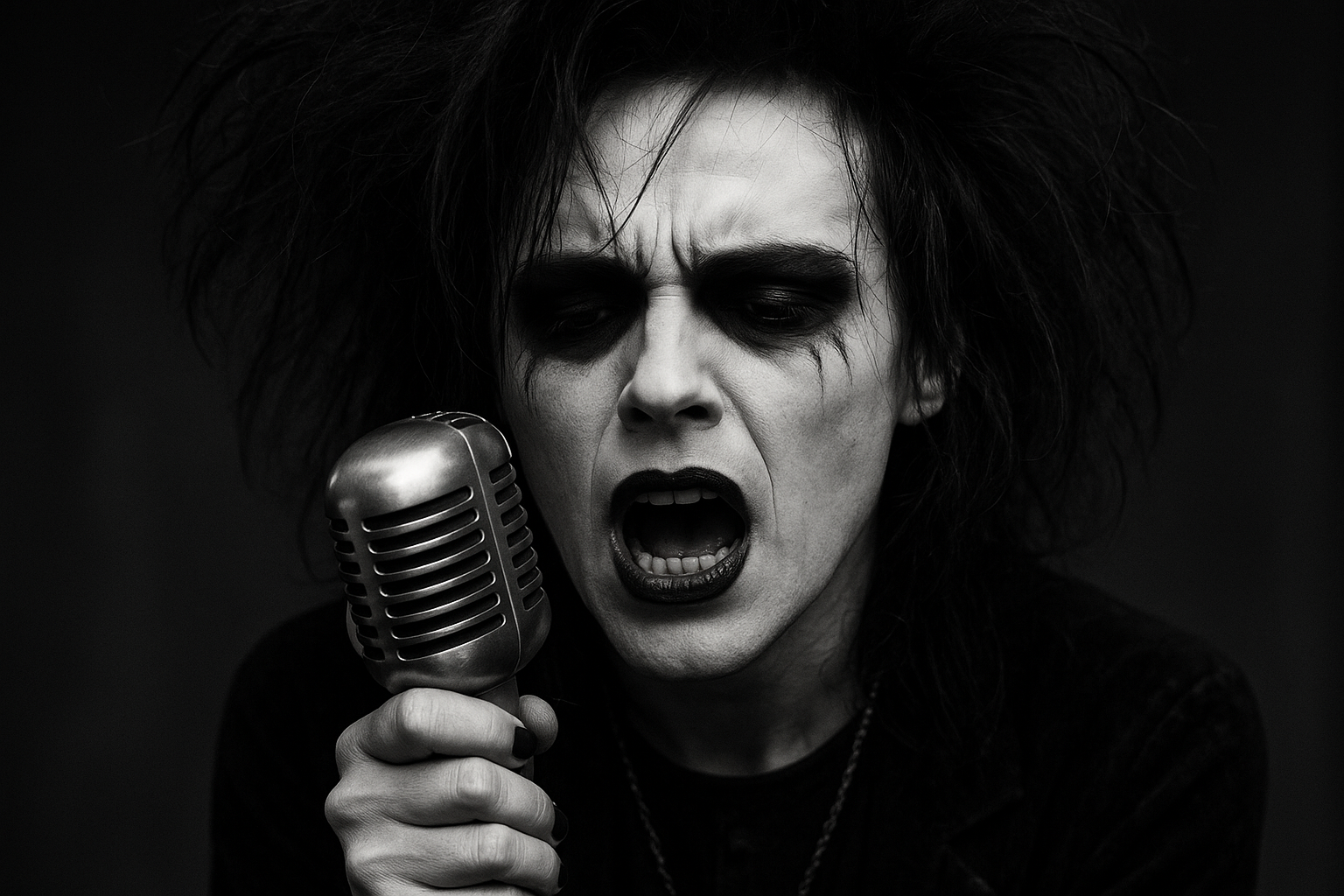
Goth music is the heart and soul of the goth subculture. While diverse, it generally features a darker sonic palette, often incorporating elements of post-punk, new wave, and electronic music. Lyrical themes frequently explore introspection, romanticism (often with a melancholic or tragic bent), the macabre, and existential questions.
Some influential early and contemporary goth bands include:
- Bauhaus
- The Cure
- Siouxsie and the Banshees
- Joy Division
- Fields of the Nephilim
- Sisters of Mercy
- Type O Negative
- Lacuna Coil
Exploring these bands is a great way to begin understanding the diverse sounds and lyrical themes within goth music.
Beyond Music and Fashion: The Broader Goth Subculture
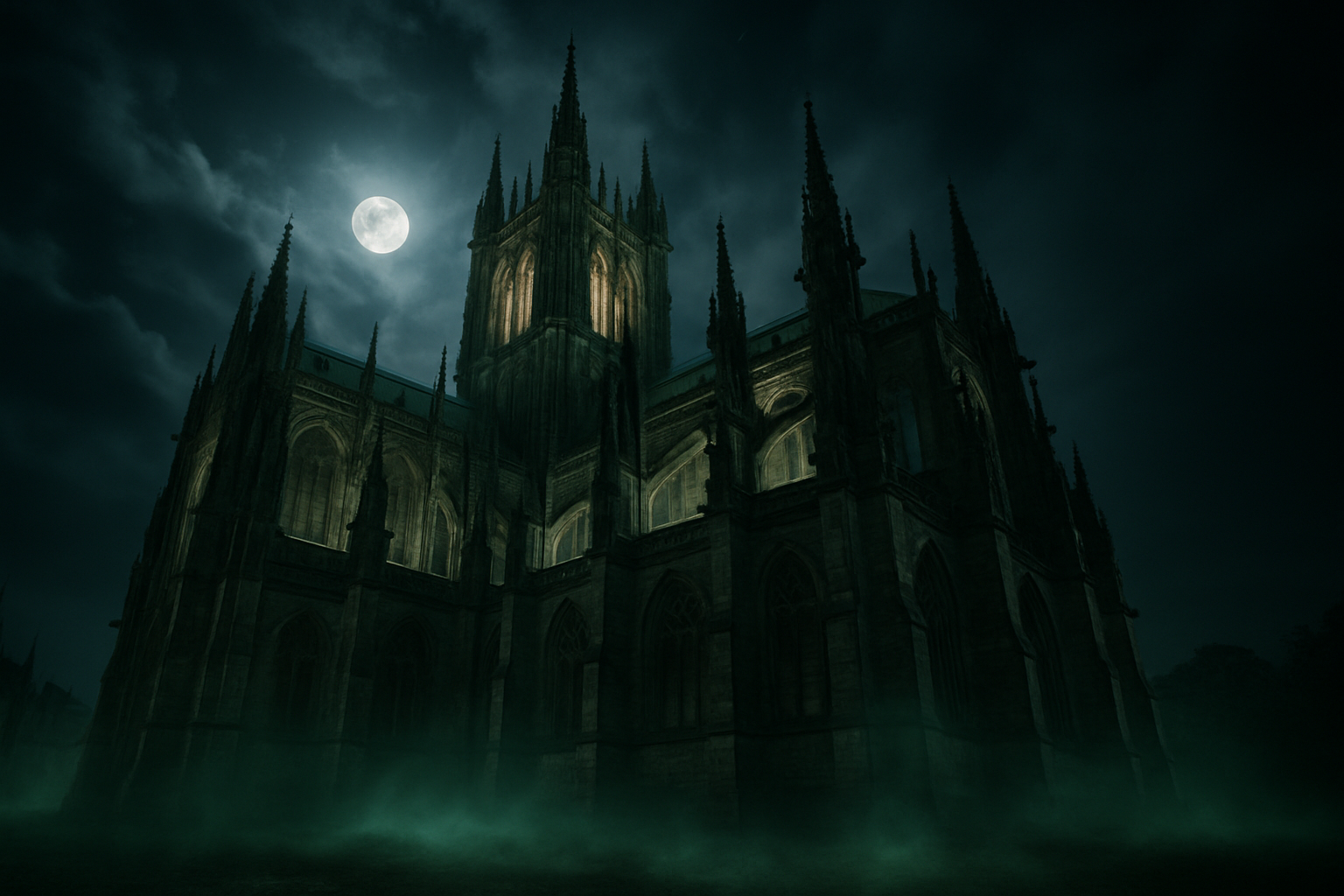
The goth subculture extends beyond just music and fashion. It encompasses a shared appreciation for certain aesthetics, literature (such as classic gothic novels), art, and film. There is often an interest in the darker aspects of life, history, and fantasy, viewed through a lens of romanticism and individualism.
While often associated with negativity, the goth subculture at its core emphasizes individuality, creativity, and a sense of community among those who feel they don't quite fit into mainstream society. It's a space where self-expression and embracing the unconventional are valued.
Debunking Common Misconceptions About Goth
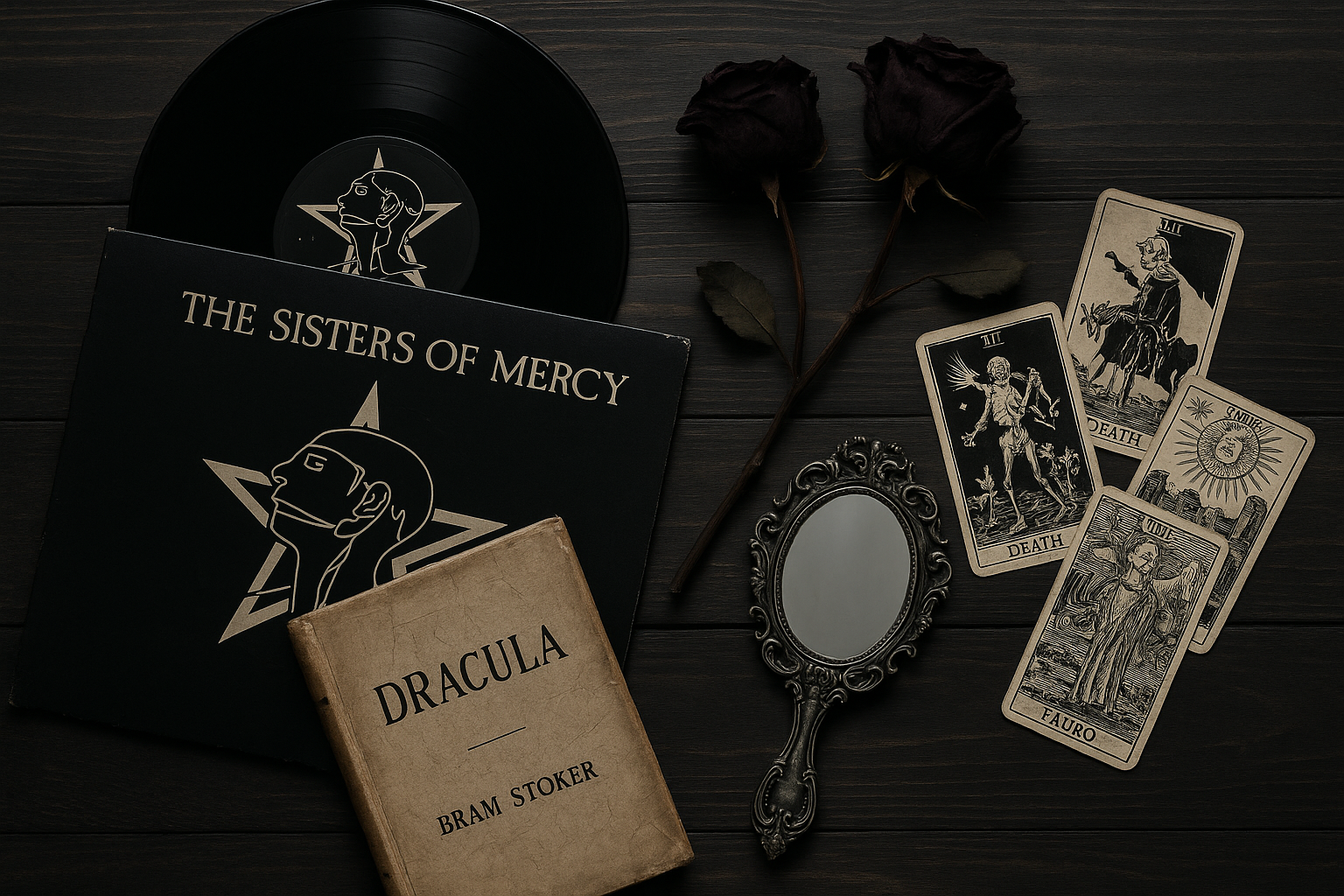
It's crucial to address some common misconceptions surrounding the goth subculture. It is not inherently tied to Satanism, violence, or negativity, although some individuals within the subculture may explore darker themes in their personal expression. The focus is generally on aesthetic appreciation, emotional depth, and a shared interest in the gothic. It's a diverse group of individuals united by their appreciation for goth music, goth style, and the broader gothic aesthetic.
Conclusion: Embracing the Darkness and Individuality of Goth
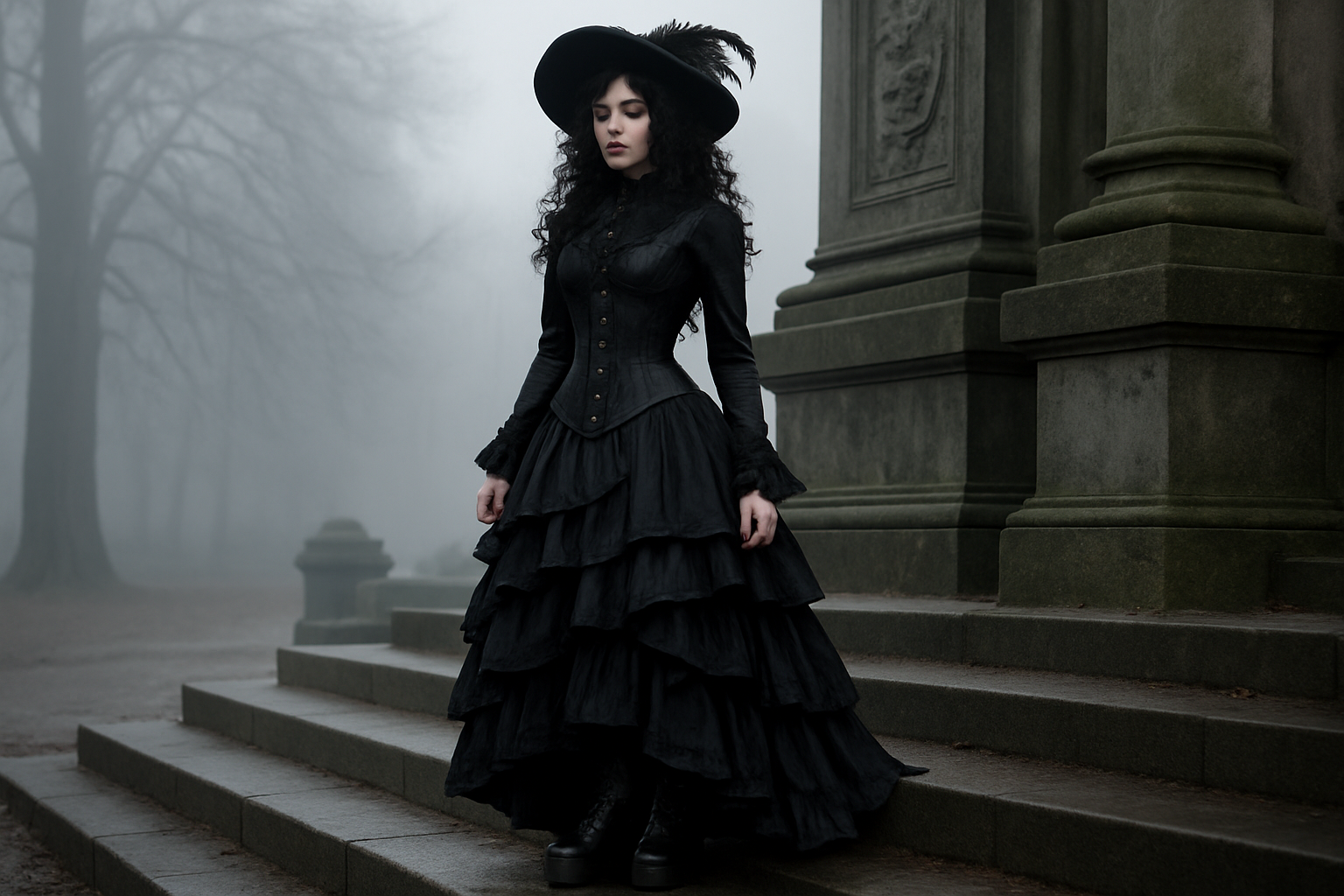
The goth subculture is a rich tapestry woven from threads of music, fashion, literature, and art. It offers a space for those who appreciate the darker, more introspective aspects of life and who value individuality and creative self-expression. This beginner's guide provides a starting point for understanding the core elements of goth. We encourage you to delve deeper into the goth music scene, explore different facets of goth style, and discover the broader gothic world for yourself. What aspects of the goth subculture resonate with you the most? Share your thoughts in the comments below!